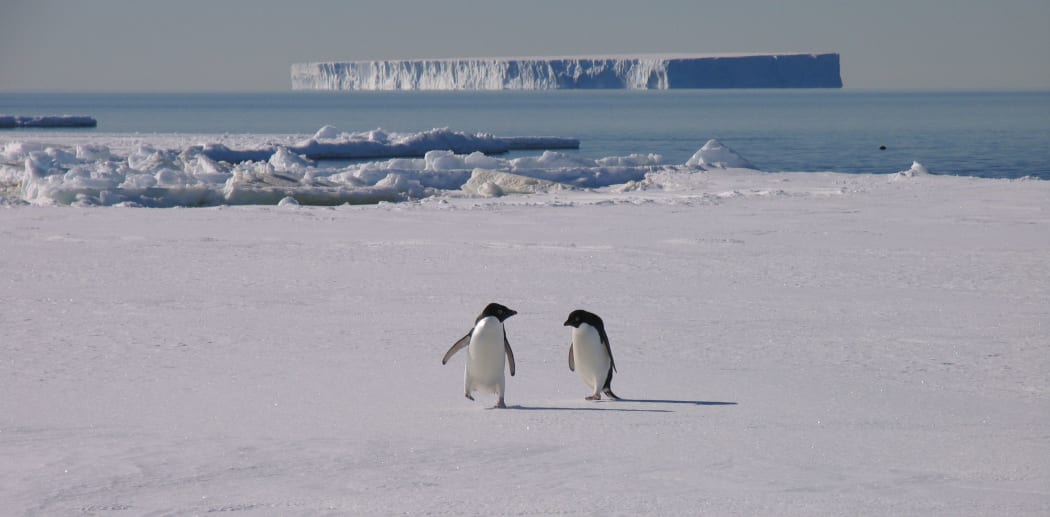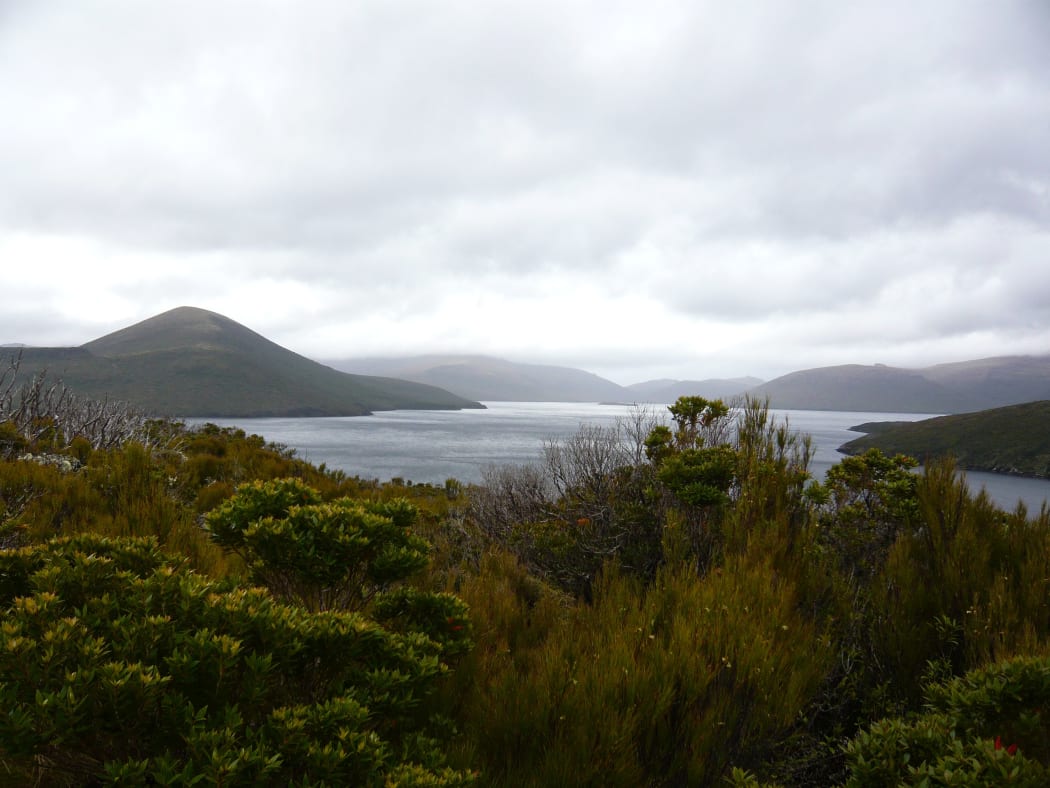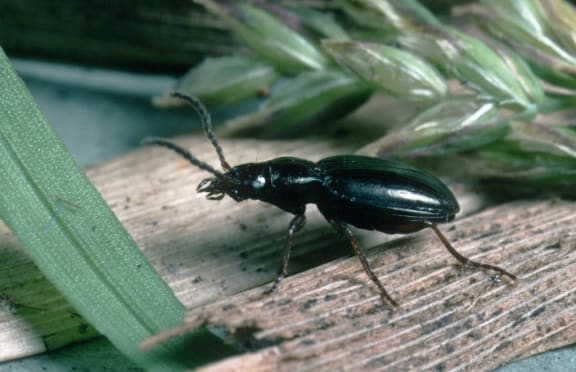
These Adelie penguins will travel north during winter, but Antarctica teems with tiny wildlife - midges, springtails, water bears and wheel animals - that stay put all year round and whose life cycles are finely tuned to the extreme environment. Photo: Veronika Meduna
Think Antarctic wildlife and you’re likely imagining penguins, whales and seals.
While they are inextricably linked with the frozen landscapes, their real home is the ocean. With the exception of emperor penguins, they all escape north before winter sets in.
On land, there are no birds or mammals or reptiles in Antarctica, or any of the invertebrates familiar from other parts of the globe. The true Antarcticans – the animals that stay year-round and face the rigours of the long polar night – are pin-sized creatures with strange names like springtails, wheel animals and water bears.
But now, with growing numbers of visitors and a changing climate, polar ecologist Pete Convey from the British Antarctic Survey says these unique communities are threatened by introduced species.

Grazing animals, including cattle and sheep, have been introduced deliberately on several subantarctic islands, including the Auckland Islands, but have since been removed again. Photo: Veronika Meduna
“The single biggest land animal in Antarctica is a small midge on the Antarctic Peninsula, and it weighs something like a milligram at most,” he says.
Compared to what we’re used to, Antarctica has a very simple terrestrial biology. It actually represents everything we’re normally used to – it’s got producers, consumers, predators, decomposers, and so forth – but they are just not the sexy groups, they are tiny groups.
If you’re a botanist, the largest plants are ground-hugging mosses, liverworts and lichens – and then of course there are the microbes, by far the most dominant form of terrestrial life.
Each of these animals and plants has found a survival strategy to cope with extreme temperatures, months of darkness and the lack of liquid water.
“They face the worst extremes the planet has to throw at them. They spend the winter in a dark freezer. They are not active, to all intents and purposes, they are not respiring – you can’t detect any biological activity. They switch off for the winter, survive, and then come back to life in summer, often only for short periods when the temperature and water regimes are right.”
From an ecologist’s perspective, the main selective pressure acting on these organisms is adversity.
“An awful lot of an organism’s resources simply goes into survival. The extreme example of that on this planet are microbes that live in the surface layers of rocks. Antarctica is well known for these. At the extreme, a single cell might divide into two once a year."
Photosynthesising micro-organisms in the rock-surface habitat can take tens of thousands of years to go from capturing a carbon atom and fixing it in a sugar to releasing it again during respiration.
“It’s the only example of a biological system that nearly works on a geological timescale.”
Taken in isolation, many Antarctic land species could benefit from warmer temperatures and more frequently available water, but “they haven’t evolved to cope in an environment where there’s competition; their job is surviving”.

This invasive carabid beetle, Trechisibus antarcticus, is now found on South Georgia. Photo: BAS
Pete Convey has been tracking invasions of alien species on chains of small islands in the Southern Ocean and on the fast-warming Antarctic Peninsula and found that people provide a significant mode of transport for stowaway plant seeds and dormant organisms.
“Over the history of us having contact with the Antarctic – including the subantarctic islands - we think up to four things have colonised naturally. … In that same sort of timescale we know of at least 200 things that have come in with humans, with us. Some have come in deliberately, such as large mammals that were introduced on subantarctic islands, but some have come in as add-ons that we didn’t notice. The human influence is two orders of magnitude or more greater than the natural colonisation process. We are a really big player in that.”
On two subantarctic islands – South Georgia and the Kerguelen archipelago – ground beetles have now established. "They are incredibly effective predators, so any similar sized or smaller insect they run into they kill. Where these beetles get in, in the immediate vicinity you lose most of the native fauna.”
Of the new arrivals, roughly half are flowering plants, a third insects, and the remainder other invertebrates. And most of them, about 95 per cent, have got a foothold in the subantarctic.
“The biggest problem is the subantarctic, but [these islands] are a step on the way into maritime Antarctica on the peninsula, and that’s a step away on the continent itself.”
Some invasive species can be game changers for an ecosystem, he says.

